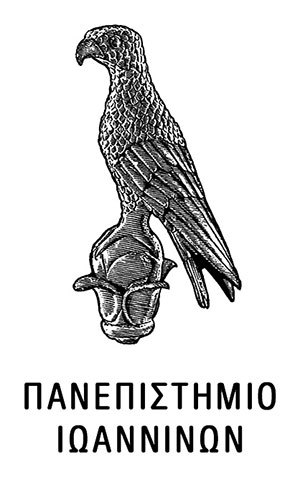In this study an attempt is made to define the natural and metaphysical boundaries of human existence as they are visible through the Byzantine painting. The themes under study are the Assumptions of the Three Hierarchs, Basil the Great, Grecory the Theologian and John the Chrisostome, and furthermore the Assumptions of the other great hierarchs, ecclesiastical men, desert ascetics, martyrs and neomartyrs. The model of all these is sought, which is not other than the Assumption of Virgin Mary. The terms "sleep" and "death" are examined, which in the Christian teaching are identical, given the fact the natural death is considered as an ephemeral transitional situation likened to "sleep", while death of the soul does not exist. Thus, as it is stated also in the epigraphs of the icons, the orthodox theology and philology of the East in the pateric texts rhakes no reference to death. It has substituded this term with "Assumption", a notion charged with timeless duration which transcends the ephemeral and acquires eternal value. Within this context the notions of esoteric tranquility, of undisturbed psychic quiet, acquire a specific gravity and the question about life und death finds a concrete answer. The iconography of Assumption suggests mainly a state of waiting and expectation of the Resurrection, a leading theme where the unique and the true messages and experiences are determined by Christ himself through his Crucifixion, Burial, and Resurrection. On the occasion, in this short study, the iconographic peculiarities of different saints are described, the role of the persons that participate and the versions on the rendering of the scene as it appears in the miniature writings of the manuscripts, in the icons and wall-paintings of monuments in differend periods. The themes are confirmed and analysed by the use of the sermons of the great Fathers and the liturgical texts. The assumptions of the three Hierarchs and the other saints constitute part of the iconographic programme, whereby art by its own language, the one of lines and colours, participates in the continuous questioning about the big and substantial problems which are examined together in the worship such as the every day - life and its transcending, the temporal and the diachronic, the earthly and the heavenly, the ephemeral and the eternal. The study is completed with iconographic examples, not only from the Assumption of the Three Hierarchs or the models of the Virgin Mary and Christ, but also of the hierarch Athanasios, Nikolaos, Spyridon, Nyphon, the desert ascetics Ephraim the Syrian, John Damaskinos, George Chozevitis in the Iordanis desert, saint Sava and the neomartyrs of Epirus Cosmas Aitolos and George from Ioannina.
(EN)
 University of Ioannina
University of Ioannina

